Linear bearings that use balls or rollers are typically chosen for their ability to carry high loads with very low friction. But rolling elements — including linear bearings — are not friction-free. One of the factors that contributes to friction in linear bearings (along with properties such as surface roughness, elastic hysteresis of the materials, and lubrication) is a phenomenon known as differential slip.
In an ideal world, the load-bearing balls of a linear bearing would experience point contact with the raceways. (Similarly, linear bearings that use rollers would experience line contact between the rollers and the raceways.) But in reality, ball (or roller) and raceway materials have a small amount of elasticity and deform slightly when under a load, transforming the point (or line) contact to a small elliptical area. This small, concentrated area of load-bearing creates Hertzian contact stresses between the two surfaces, and the elliptical geometry of the contact area leads to differential slip.
Although differential slip does occur in bearings that use cylindrical rollers, it is much less significant than in bearings that use balls.
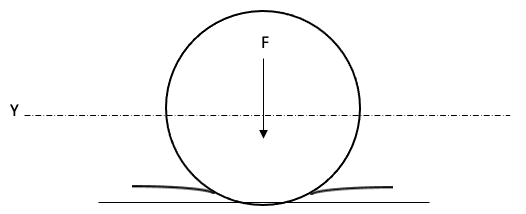
As the ball rolls along the raceway, the velocity at any point in the contact area must equal the bearing’s angular velocity multiplied by the radius from that point to the Y axis (the axis along which the ball rolls).
But because the contact area has an elliptical shape, the radius to the Y axis varies at different points in the ellipse. For example, in the illustration below, the radius to the Y axis at points “a” and “b” is different from the radius to the Y axis at points “c” and “d.”

This means that various points along the contact area have different velocities, and the result is that instead of rolling, the ball slips, or slides, as it travels along the raceway.
Of course, not all points along the contact area slip. There is a radius at which rolling without slip will occur. But if the radius to the Y axis at any point is larger or smaller than this, slip will occur at that point.
In fact, the contact area can theoretically be divided into three “rolling bands,” with the inner band experiencing pure rolling, while the two outer bands experience slip. (In reality, some slip does occur within the inner band, while some rolling occurs within the outer bands. The higher the conformity between the ball and the raceway, the higher the overall slip.)
Differential slip affects the performance of a linear bearing by causing increased friction and heat generation. In terms of linear bearing design and construction, bearings with Gothic arch raceway geometries experience higher differential slip than those with circular arc geometries. This is because the Gothic arch geometry produces a contact area with a relatively large difference between the rolling diameters of the ball.
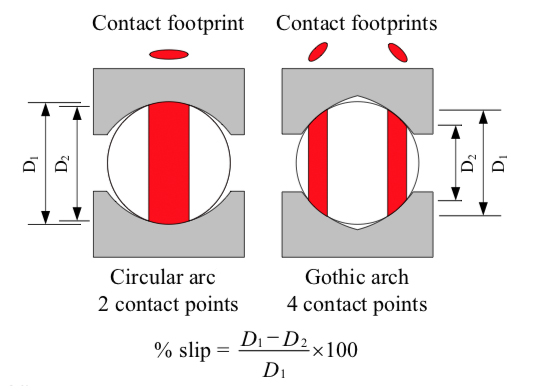
Image credit: Alexander Slocum
Differential slip also affects the preload that can be applied to a bearing with Gothic arch raceway geometry, because preload increases the area of contact between the ball and raceway, which further increases friction and heat generation.


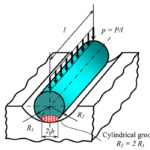
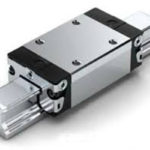
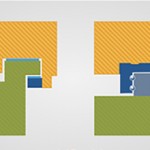
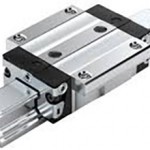

Leave a Reply
You must be logged in to post a comment.